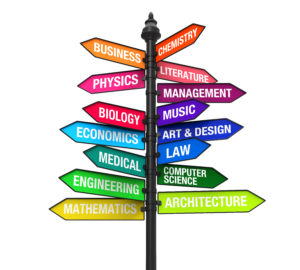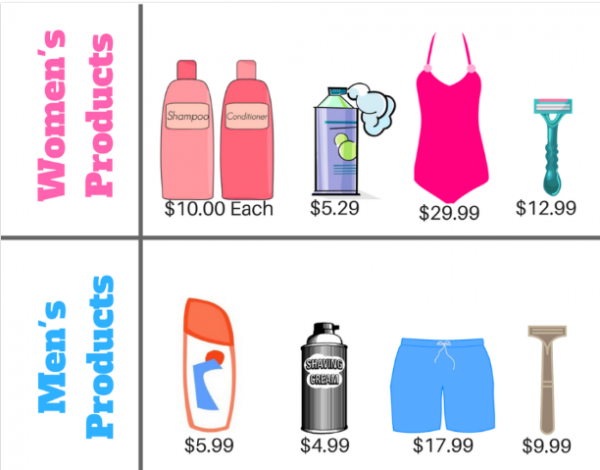How to Actually Achieve Your 2020 Goals
A month after the new year has started, It’s that time of year again: millions of Americans develop aspirations to lose weight, save money, spend less time on social media, and so on. While these goals seem attainable at first, most people get off track with their resolutions within the first few weeks, days, and even hours of the new year. According to U.S. News & World Report, 80% of people fail to execute their resolutions, and most lose their motivation by mid-February.
This year is different: it’s 2020, the start of a new decade, and a fresh start. While I don’t believe in the “new year, new me” mindset, January 1st can symbolize the commencement of a new year full of improvement and growth. The first step towards progress is knowing how to set SMART goals.
SMART is an acronym devised in 1981 by the journal Management Review that translates to specific, measurable, achievable, realistic, and time-bound. While it is often used in a management-related setting, it can also serve as a foundation for setting your resolutions!
Specific:
Your goal should be clear. This way, there is a straightforward way to tell if your goal is being met or not. Instead of saying, “I want to lose weight,” you should ask yourself how much weight do you want to lose and in what time frame. For example, a specific and productive goal would be, “I want to lose five pounds in the next two months.” People are more likely to stick with resolutions that are precise and focused rather than resolutions that are vague and general. Creating specific goals holds you more accountable because it doesn’t allow for leeway, which is critical in accomplishing goals.
Measurable:
Make your goal quantitative. This is obviously relevant for goals related to fitness and weight loss, but it is also essential if you want to cut back on something. For example, if you want to stop biting your nails, you should take pictures of how your nails grow out over time so you can monitor your progress. Documenting progress into a journal, a goal-tracking app, or even the notes app on your phone can encourage even more growth, no matter what the resolution may be.
Achievable:
Setting goals that are far-fetched can discourage you and leave you feeling overwhelmed and defeated. While this doesn’t mean that you can’t set big goals, try not to take too big of a leap too fast, as that mindset usually leads to failure. For instance, if you feel winded after walking up a flight of stairs, the chances are that achieving your goal of climbing Mt. Everest next week is pretty unlikely. A more reasonable goal is to take a brisk 20-minute walk five days a week. Eventually, you’d be able to walk up the stairs without struggle, and soon enough, you can train for that Everest hike.
Realistic:
Your life doesn’t stop just because you’ve decided to tackle a new goal. You still have to go to school, you still have to do homework or go to practice, and you still only have 24 hours in the day. When goal-setting, you should give thought to your current obligations and situations. Realistic goals are ones that you can commit to within those limits, and you should consider barriers like time and money when deciding whether or not your resolution is realistic.
Time-bound:
The best SMART resolutions include a feasible timeline. This means giving yourself enough time to reach your goal with many smaller intermediate goals along the way to make gradual progress. However, you should avoid setting a time limit that is too far in the future that you lose focus or forget about your goal. If you want to lose weight, for example, you must remember that it doesn’t happen overnight, and you shouldn’t expect to lose weight quickly and keep it off. Instead, maintain sustainable weight loss and high morale by aiming to lose 1-2 lbs.per week.
It’s only the second month of the year, so there is plenty of time to create SMART goals for the rest of the year. Good luck!
































































































